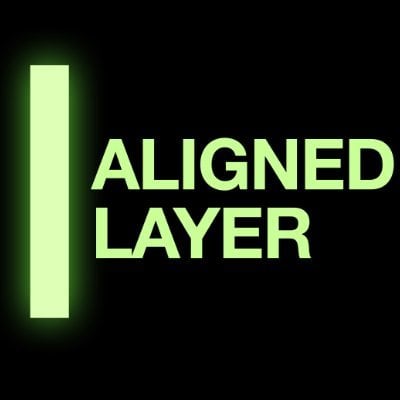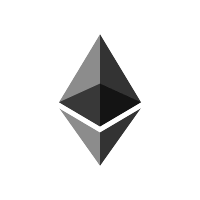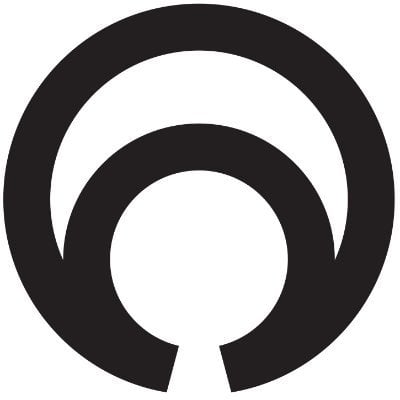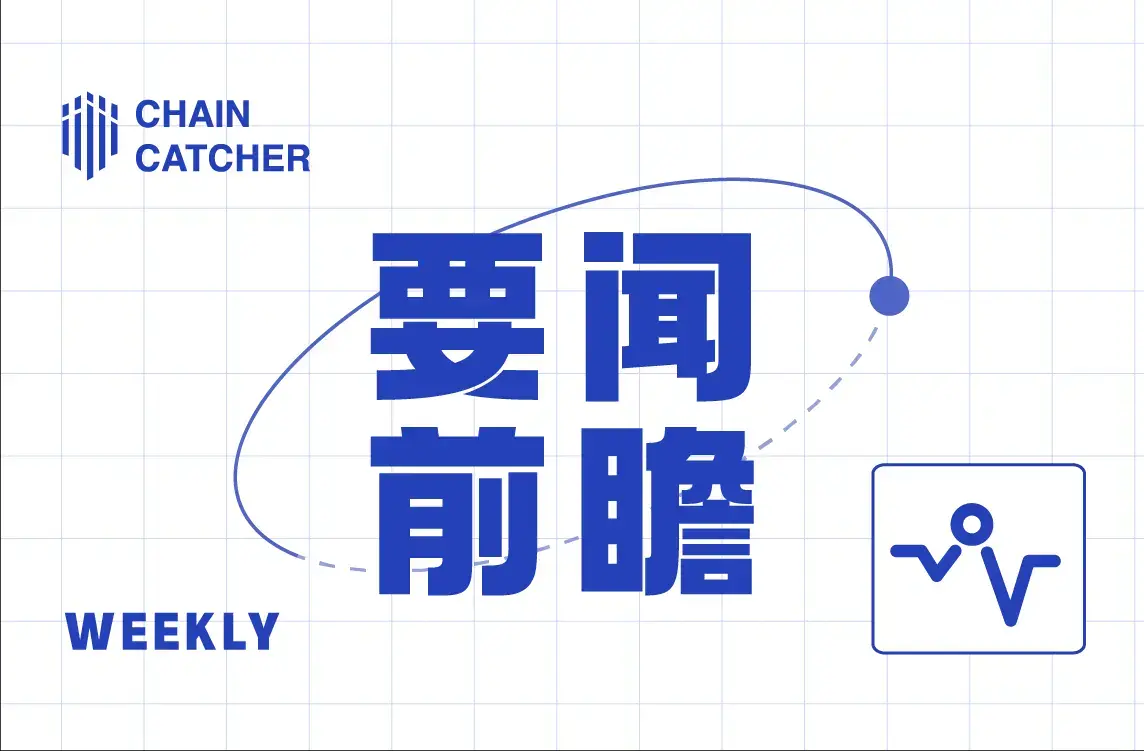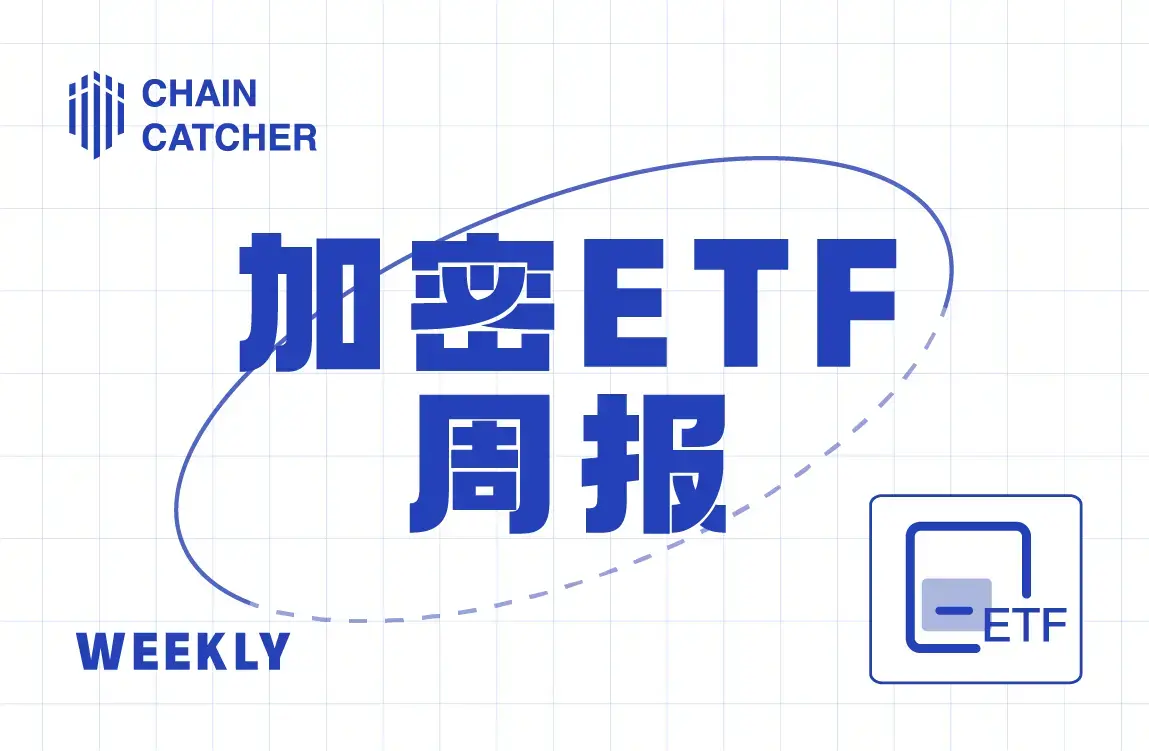Three Projects Bringing Zero-Knowledge Proofs to the Mainstream
Original Title: “3 Must-Know Projects Bringing Zero-Knowledge Proofs to the Mainstream”
Authors: NAIROLF, SENSEI WU
Compiled by: Kate, Mars Finance
Are you ready to explore the wonderful world of zero-knowledge proofs? In this article, we will introduce three interesting projects and explain zk proofs in an unprecedented way.
ZK this, ZK that, brother, stop it already. Starknet has only 8 users a month; this is a failed airdrop, and no one cares about ZK rollups. Okay, slow down. This technology is amazing.
Let’s start by understanding what zero-knowledge or ZK proofs actually are. Example!
John loves to draw beautiful tigers but is too shy to show his drawings to his friends. He is shy!
His friends doubt his skills. They have never seen him draw! But John has a plan. There is a big tiger drawing competition coming up. To qualify, you must draw a magical tiger.
If John participates and qualifies, his friends will know he can draw tigers. They won’t see him drawing, but they will eventually believe him.
John entered the competition and drew a tiger that impressed the judges. His friends finally believe him! This guy can draw tigers.
It’s just like zk proofs. It’s not about showing directly but proving it without revealing anything. John’s proof is his qualification. His friends haven’t seen him draw, but they know he can.
As you may have grasped, one benefit of zk proofs is the privacy they offer.
But that’s not the only advantage. We won’t dive into the details, but keep in mind that zk proofs are also faster. It makes sense. If we revisit our example, John doesn’t need to show each of his friends how he draws tigers one by one. He just presents the invitation to the competition.
Moreover, they are more memory efficient. Compared to other proof systems, these proofs can verify larger computations with less workload.
However, there is one issue: these proofs must be verified at some point. Suppose James tells you he was accepted into the competition. Great, but you want to confirm if it’s true, right?
Unfortunately, Ethereum, or more precisely, the EVM, its virtual machine (the large computer behind Ethereum), was not designed with zk proofs in mind. This makes the verification cost very high, sometimes rendering zk proofs unusable.

Aligned Layer is here.
Instead of verifying your proofs directly on Ethereum, you submit these proofs to the Aligned Layer.
The Aligned Layer is specifically responsible for verifying proofs. You can think of Aligned as a network of specialized verifiers ready to confirm that the proofs you submit are correct.
Aligned plays the role of Ethereum here. But don’t worry, they use EigenLayer’s re-staking to maintain the same security level as Ethereum. The same security as Ethereum, without the limitations of the EVM. Cool, right?
So, Aligned will verify your proofs. The next step is to publish the verification results to Ethereum. Yes, I’m talking about “the result of this verification.” It has already been verified; why verify it again?
Now, you still have your data, which is the proof, to publish somewhere. Well, Aligned will publish it on Ethereum or on an AltDA like Celestia. Your choice.
With Aligned Layer, the process of verifying proofs becomes cheaper. We’re talking about a +10x cost reduction, yes!
It’s also faster. You don’t have to wait for your proof to be verified on Ethereum; you’ve already received the first soft confirmation from Aligned Layer.
No more EVM limitations, many new potential use cases, and the goal of making zk proofs mainstream: Aligned Layer will become one of the most prominent players in the zero-knowledge space. But it’s not the only one.

Nebra is a general zk proof aggregation protocol based on Ethereum. Sounds a bit crazy, right? Let me explain.
Verifying zk proofs on Ethereum is very expensive. With Nebra, you can reduce these costs by five times.
Nebra proposes: “Why don’t we verify a large number of ZK proofs off-chain, batch them into a large package, and then only verify one aggregated on-chain proof? This way, we lower the cost per unit generated while maintaining Ethereum’s security!” Smart, right?
Additionally, Nebra is general-purpose. This means proofs can come from any source. Whether they are submitted by zk rollups, zkCoprocessors, zkML, or anyone else, Nebra accepts these proofs.
Nebra is also permissionless, meaning any project can use it without prior consent from the team, allowing for widespread adoption of this technology.
Some projects have already leveraged Nebra, such as Worldcoin and Brevis (a brand new ZK co-processor). Not sure what a co-processor is? Check out our previous article.
And that’s it… wait, you don’t believe this is the end, do you?

Succinct is a layer that generates zk proofs for any blockchain. Yes, any blockchain. Its goal is to become the foundational layer for generating zk proofs. Impressive, right?
You might be wondering how they do it—or maybe not; either way, let me explain. Succinct operates as a network of provers. These provers generate zk proofs on the Succinct network and then send the proofs to clients.
To ensure the best prices for these clients, the Succinct layer consists of two parts: a marketplace where provers offer the best prices for each request, and an aggregation system that scales each generated proof to lower the unit cost. Simple and effective!
Essentially, Succinct is like a contractor you hire to handle proofs for you. Imagine you can’t draw a meme or don’t have time to develop that skill; just hire someone to help you. Succinct is the same, just for proofs.
As the saying goes, “Great innovation equals great articles” (Haha, I just made that up, sorry!). One thing is for sure: zk proofs have tremendous potential. We are still a distance away from widespread adoption, but projects like the ones we introduced today are helping to bridge that gap.







